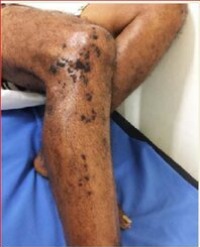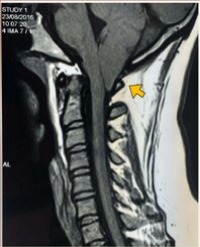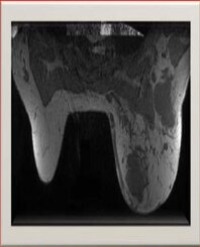
Acrokeratosis Verruciformis of Hopf Associated With Epidermolytic Hyperkeratosis - A Rare Case Report
Acrokeratosis verruciformis of Hopf is a rare genetic disorder with autosomal dominant inheritance. It is characterized by the presence of multiple lightly pigmented or flesh colored papules on the dorsum of the hands, feet, knees and elbows. Lesions consistent with acrokeratosis verruciformis are been associated with HaileyHailey, hypertrophic lichen planus, naevoid basal cell carcinoma, multiple keratoacanthoma. We report a case of acrokeratosis verruciformis in a 65 years old patient who came with complaints of itchy skin lesions over both the legs and dorsum of the right hand for the past 2 years and histologically with features of epidermolytic hyperkeratosis.
R.G. Sharada¹ and Jayakar Thomas¹*




